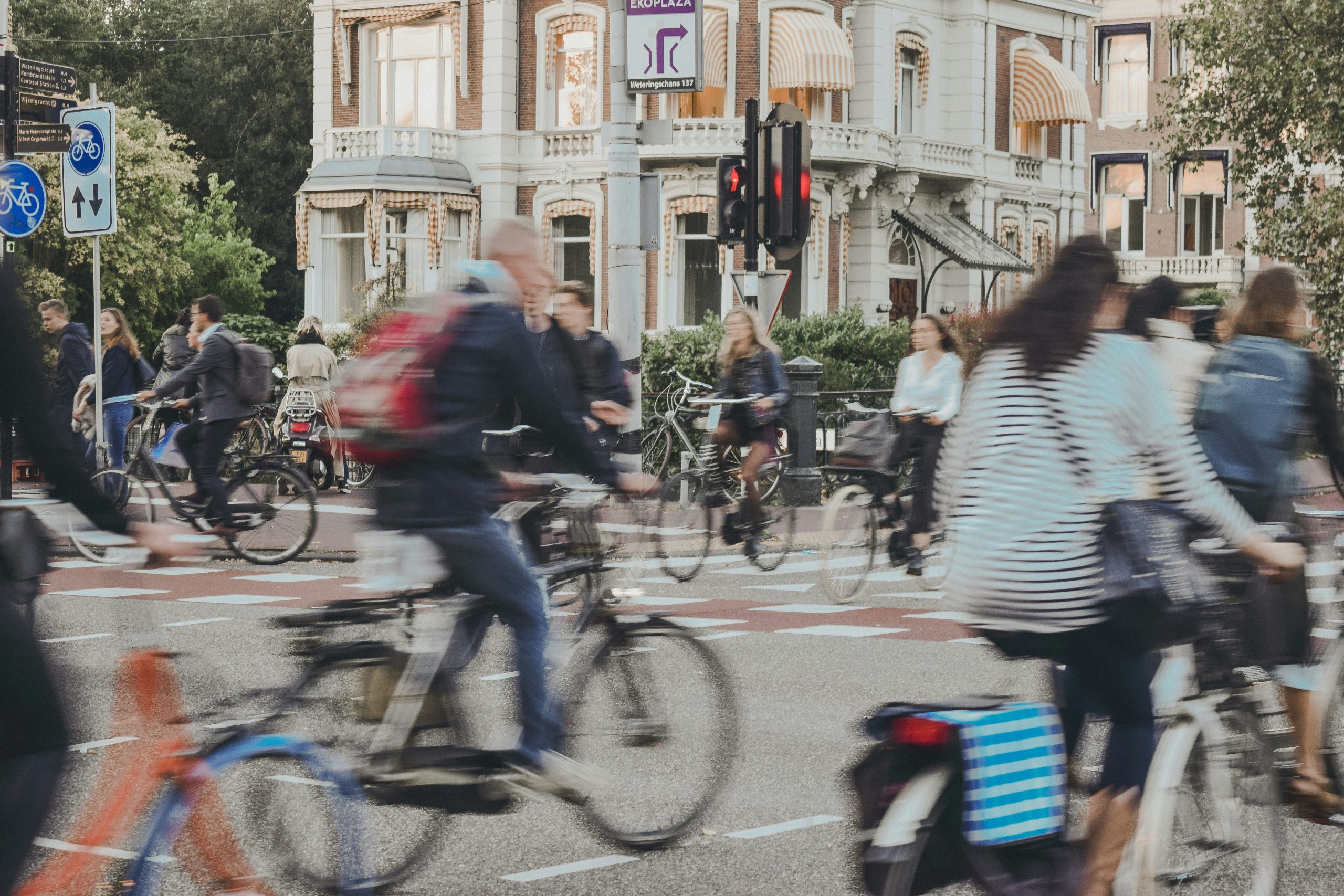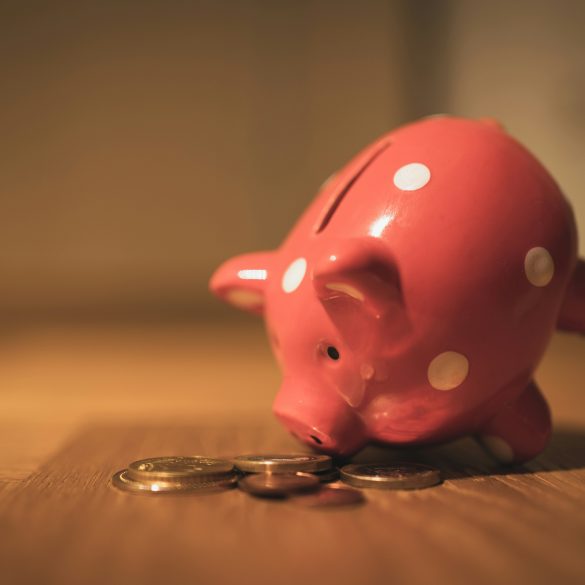Netherlands History & Culture: Complete Guide to Dutch Heritage
Walking through Amsterdam’s cobblestone streets last spring, I couldn’t help but marvel at how seamlessly the Netherlands blends its rich medieval past with cutting-edge modernity. Honestly, there’s something almost magical about watching cyclists pedal past 17th-century canal houses while discussing cryptocurrency on their phones—it perfectly captures the Dutch genius for adaptation that’s defined this remarkable nation for centuries.
The Netherlands, often called Holland (though technically that’s just two provinces), represents one of Europe’s most fascinating cultural experiments. What strikes me most about Dutch society isn’t just their famous tolerance or their incredible ability to reclaim land from the sea—it’s their pragmatic approach to virtually everything, from social issues to urban planning. Having spent considerable time studying European cultures, I’ve consistently found that the Dutch manage to be both deeply traditional and surprisingly progressive, sometimes within the same conversation.
Early Foundations: From Tribes to Trading Posts
The story of the Netherlands begins long before windmills and tulips became international symbols. Back when I first started researching Dutch origins, I was surprised to learn that the region’s earliest inhabitants—Celtic and Germanic tribes—were already demonstrating that stubborn independence that characterizes modern Dutch politics. The Batavi, Frisii, and other tribal groups weren’t just surviving in this marshy, flood-prone landscape; they were actually thriving through trade and innovation.
Roman influence arrived around 50 BCE, but here’s what’s fascinating: unlike many European regions that were completely transformed by Roman occupation, the northern Netherlands remained largely independent. According to historical sources1, the Romans established fortifications along the Rhine but never fully controlled the northern tribes. This early resistance to outside authority? It’s basically the DNA of Dutch culture right there.
The medieval period brought Charlemagne’s empire and later, the Holy Roman Empire’s influence. What really shaped Dutch identity, though, was the constant battle against water. Communities developed sophisticated cooperation systems—polders, dikes, water management councils. These weren’t just engineering projects; they were social experiments in collective decision-making that would later influence Dutch democratic traditions2.
Key Cultural Foundation
The Dutch concept of “polderen”—reaching consensus through compromise and collective effort—originated from medieval water management. This practical approach to problem-solving became central to Dutch political and social culture, influencing everything from business negotiations to social policy.
By the 15th century, the Low Countries had become a patchwork of duchies, counties, and autonomous cities under Burgundian and later Habsburg rule. Cities like Bruges, Ghent, and later Amsterdam were becoming wealthy through trade, developing that merchant culture that would explode during the Golden Age. The Protestant Reformation hit the Netherlands particularly hard—or perhaps I should say, particularly well, since it provided the ideological framework for what would become the Dutch Revolt against Spanish rule.
The Dutch Golden Age: When Small Nations Think Big
If you’ve ever wondered how a country smaller than West Virginia became a global superpower, the 17th century Dutch Golden Age provides a masterclass in leveraging geography, innovation, and what I can only describe as audacious entrepreneurial spirit. The Dutch didn’t just participate in global trade—they revolutionized it, creating financial instruments and trading practices still used today.
The Eighty Years’ War (1566-1648) against Spanish rule wasn’t just about independence; it was about creating an entirely new model of society. While researching this period, what struck me most was how the Dutch managed to fund their rebellion through innovative banking and commerce. The Dutch East India Company, established in 1602, became the world’s first multinational corporation and the first company to issue stock3. Pretty impressive for a country that was technically still fighting for its existence.
Remarkable Maritime Achievement
At its peak in the 1650s, the Dutch merchant fleet comprised nearly half of the world’s total shipping capacity. The Netherlands, with just 1.5 million inhabitants, controlled more tonnage than England, France, Portugal, and Spain combined. This small nation literally moved the world’s goods.
Amsterdam became Europe’s financial capital, and honestly, walking through the old merchant districts today, you can still feel that ambitious energy. The famous canal ring—those perfectly planned waterways lined with narrow, ornate houses—wasn’t just urban planning; it was a statement about Dutch values. Practical, beautiful, and designed to accommodate both trade and gracious living.
| Golden Age Achievement | Global Impact | Modern Legacy |
|---|---|---|
| Banking & Finance | Created modern stock market, international banking | Amsterdam remains European financial hub |
| Art & Culture | Rembrandt, Vermeer, artistic golden age | World-class museums, cultural tourism |
| Maritime Technology | Advanced shipbuilding, navigation techniques | Modern shipping, port management expertise |
| Colonial Trade | Global trading posts, spice trade dominance | Complex legacy requiring ongoing reconciliation |
But let’s be completely honest about this period—the Golden Age was built on colonial exploitation and the slave trade. Modern Dutch society is grappling seriously with this legacy, and rightfully so. Recent scholarship has highlighted how profits from Indonesian spice trade, Caribbean sugar plantations, and the African slave trade directly funded Amsterdam’s magnificent architecture and cultural achievements4. It’s a complex inheritance that contemporary Netherlands is working to understand and address.
The artistic explosion during this period—Rembrandt, Vermeer, Frans Hals—wasn’t just coincidental luxury. Dutch merchants were commissioning portraits, wealthy citizens were buying art for their homes, and there was genuine social mobility. For the first time in European history, middle-class families could afford original artwork. This democratization of culture? That’s still very much part of Dutch identity today.

Modern History: Resilience Through Crisis
After the Golden Age declined in the 18th century, the Netherlands faced what historians call the “age of decline”—though I’ve always thought that term sells short the remarkable adaptability Dutch society demonstrated. The country was occupied by Napoleon, restructured as the Kingdom of Holland, and then united with Belgium before finally achieving its modern borders in 1839. Each crisis seemed to strengthen rather than weaken Dutch pragmatism.
The 19th century brought industrialization, but in a distinctly Dutch way. Unlike Britain’s chaotic urban growth or Germany’s heavy industry focus, the Netherlands developed a more balanced approach. They improved agriculture through land reclamation projects—the Zuiderzee Works remain one of the world’s most impressive engineering achievements5. I mean, creating an entire province from the sea? That takes serious long-term thinking.
World War II tested Dutch society in ways that still resonate today. Initially neutral, the Netherlands was invaded by Germany in May 1940. What followed was five years of occupation that revealed both the worst and best of human nature. The deportation of Dutch Jews—over 70% were murdered, the highest percentage in Western Europe—remains a source of national reflection and guilt6.
Cultural Memory & Resistance
Dutch resistance during WWII took many forms, from hiding Jewish families (like Anne Frank’s helpers) to publishing underground newspapers and organizing strikes. The February Strike of 1941 in Amsterdam was Europe’s only mass public protest against Jewish deportations. This history of civil resistance continues to influence Dutch approaches to social justice and human rights.
But here’s what really strikes me about post-war Netherlands: the speed and thoughtfulness of reconstruction. The Dutch didn’t just rebuild—they reimagined their society. The “polder model” of consensus-building became formal government policy. Labor unions, employers, and government started working together in ways that seemed almost revolutionary after the ideological conflicts of the 1930s and 40s.
- Universal healthcare and pension systems established
- Progressive education reforms emphasizing equality
- Urban planning prioritizing quality of life over economic growth
- Environmental protection integrated into economic policy
- Immigration and multiculturalism policies developed
The 1960s brought the “cultural revolution” that transformed Dutch society perhaps more dramatically than anywhere else in Europe. The strict Protestant and Catholic divisions that had structured Dutch life for centuries—what they call “pillarization” or verzuiling—began breaking down. Young Dutch people rejected traditional authority with characteristic thoroughness.
This is where modern Dutch liberalism really took shape. Drug policy became pragmatic rather than punitive. Same-sex marriage was legalized in 2001—first in the world. Euthanasia became legal under strict medical guidelines. These weren’t just policy changes; they reflected a fundamental shift toward individual autonomy and evidence-based social policy7.
The late 20th century also brought challenges that continue today. Immigration from former colonies—Indonesia, Suriname, the Dutch Antilles—and later from Turkey and Morocco, changed the face of Dutch cities. Integration hasn’t always been smooth, and recent decades have seen political tensions around multiculturalism that challenge traditional Dutch tolerance.
Contemporary Dutch Culture: Pragmatic Idealism
Modern Dutch culture is fascinating because it somehow manages to be both deeply progressive and fundamentally conservative. What I mean is that Dutch society embraces social change through very traditional methods—careful deliberation, consensus building, and gradual implementation. It’s like watching radicals who insist on following parliamentary procedure.
The concept of gezelligheid—often translated as coziness but really meaning something like “convivial atmosphere”—remains central to Dutch social life. Whether it’s the brown café (traditional pub) culture, the importance of cycling together, or the way Dutch families gather for lengthy weekend brunches, there’s a strong emphasis on communal comfort and informal equality8.
Dutch directness can shock visitors, but I’ve grown to appreciate its underlying respect. When a Dutch person tells you exactly what they think, they’re not being rude—they’re treating you as an equal capable of handling honest communication. This directness extends to social policy: Dutch approaches to drug addiction, sex work, and mental health are remarkably practical and non-judgmental.
- Arts and Innovation: From Rijksmuseum to contemporary design, Dutch creativity combines tradition with cutting-edge experimentation
- Culinary Evolution: Beyond stroopwafels and cheese, modern Dutch cuisine reflects multicultural influences and sustainability focus
- Environmental Leadership: Climate change response through innovative water management and renewable energy
- Social Challenges: Balancing traditional tolerance with concerns about integration and cultural cohesion
Current Dutch society faces real challenges that test its traditional consensus model. Rising housing costs, climate change adaptation, and questions about national identity in an increasingly globalized world require the same innovative thinking that built polders and funded global trade networks. What gives me hope is watching how Dutch young people approach these problems—with the same practical idealism that’s characterized their culture for centuries.
The Netherlands today represents something unique in Europe: a small nation that maintains global influence through soft power, innovation, and principled pragmatism. From Amsterdam’s tech startups to Rotterdam’s sustainable port initiatives, from The Hague’s international courts to Utrecht’s urban planning innovations, Dutch influence extends far beyond their borders.
Understanding Netherlands history and culture means appreciating this ongoing experiment in balancing individual freedom with collective responsibility, tradition with innovation, local identity with global citizenship. It’s messy, sometimes contradictory, and absolutely fascinating. The Dutch haven’t perfected society—no one has—but they’ve created something worth studying, learning from, and perhaps adapting to our own contexts.
References



